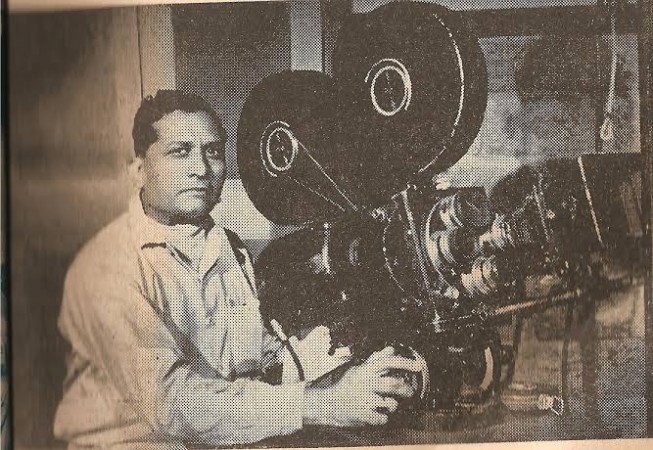
Innovation has frequently been the key to mesmerizing storytelling in the world of film. A prominent example of a visionary individual is Babubhai Mestry, known as India's "Father of Trick Photography and Special Effects." His ground-breaking efforts permanently changed the face of Indian cinema. Mestry, who had humble beginnings, changed the way movies were made by introducing avant-garde methods that would later become essential to the cinematic experience. Babubhai Mestry's journey is a testament to the magic that can be created on the silver screen, from his early days as an assistant art director to his inventive use of projection backgrounds.
As an assistant art director for the 1933 movie Haatim Tai, Babubhai Mestry began his career in film. Nobody foresaw that his inventiveness would open the door for a revolution in Indian cinema. He became fascinated with visual effects and trick photography, which inspired him to look into novel ways to captivate audiences and laid the groundwork for his illustrious career.
With the release of Khwaab Ki Duniya in 1937, Mestry made a breakthrough thanks to a brilliant technique he used that involved dim lighting and black curtains. A subtle black thread helped make this novel technique possible, which involved manipulating the objects on the screen to give the impression that they were moving. Nothing less than breathtaking was the outcome. The technique demonstrated Mestry's natural propensity to see the extraordinary in the seemingly ordinary.
Babubhai Mestry's vision grew more expansive as technology advanced. In order to seamlessly incorporate the necessary scenes, he and other filmmakers started experimenting with projection backgrounds as soon as projectors were invented. This method's use in depicting scenes involving moving cars is noteworthy. The iconic scene in the movie Chalti Ka Naam Gaadi where Madhubala is seen operating a vehicle is one such instance. By capturing the spirit of motion and realism that audiences connected with, this innovation gave the story depth.
Indian cinema will never be the same after Babubhai Mestry. Many legendary movies have used his creative techniques. His special effects elevated the visual storytelling in the films Naya Daur, Awaara, and Shree 420, enhancing the viewing experience for audience members. Mestry's work went beyond simple illusion making and focused on bringing stories to life.
The development of Babubhai Mestry from an assistant art director to a forerunner in trick photography and special effects is proof of the value of ingenuity and creativity. He was a true visionary because of his capacity to see the artistic quality in commonplace items and his unrelenting quest to master cinematic techniques. Every movie that captures our imagination and every scene that takes us to another place carry on Mestry's legacy. He has made contributions to the world of cinema, but he has also paved the way for upcoming generations of filmmakers to break down barriers, question accepted wisdom, and pursue ambitious goals. The legacy of Babubhai Mestry, known as the "Father of Trick Photography and Special Effects" in India, continues to amaze and inspire moviegoers all over the world.
How Aishwarya Rai Missed Her Chalte Chalte Chance
Deepika Padukone's Choice that Shaped Her Stardom
The Everlasting Bond Between Karisma Kapoor, Kajol, and Ajay Devgn